Imagine standing at the edge of a frozen lake, the air biting at your skin, as you prepare to plunge into the icy depths. For many, this moment is not just a test of endurance but a gateway to transformation. Breathwork cold exposure—a practice combining controlled breathing with immersion in cold environments—has surged in popularity among wellness seekers across the U.S. It’s not merely about braving the chill; it’s about harnessing the body’s response to stress, sharpening mental clarity, and unlocking physical resilience. From athletes to mindfulness enthusiasts, people are turning to this dual approach to reset their systems in a world that often feels overheated and overstimulated. As we explore 11 specific breathwork sequences tailored for cold exposure, the focus isn’t just on surviving the shock but thriving through it. Let’s uncover how these patterns can amplify the benefits of an icy plunge.
1. The Foundational 4-4-4 Breath

Before stepping into the cold, grounding yourself is key. The 4-4-4 breath—inhale for four seconds, hold for four, exhale for four—offers a simple yet powerful start. This rhythmic pattern calms the nervous system, preparing the body for the jolt of icy water. Practitioners often describe a sense of control washing over them as their heart rate steadies. One beginner shared how this sequence turned their initial dread into quiet determination, standing barefoot on a snowy deck before a cold shower. Use this for three to five minutes pre-exposure to center yourself. It’s less about intensity and more about consistency, ensuring you’re not gasping when the cold hits.
2. The Energizing 30-Second Burst
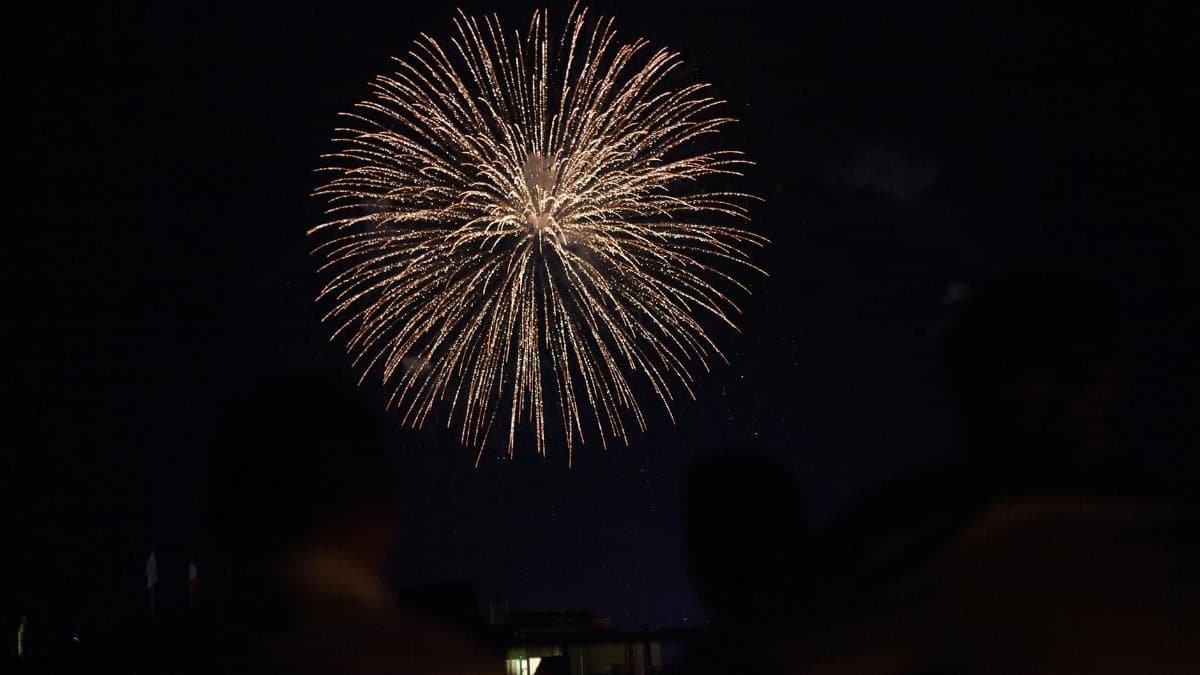
Need a quick surge of readiness? Try rapid, shallow breaths through the nose for 30 seconds, followed by a long, slow exhale. This sequence mimics hyperventilation in a controlled way, flooding the body with oxygen and priming it for stress. It’s a favorite among athletes who use cold plunges for recovery, as it can heighten alertness. Research from the National Institutes of Health suggests that such breathing can temporarily boost adrenaline, aiding in cold tolerance. Use this right before immersion, but keep it short to avoid dizziness.
3. The Deep 5-5-10 Reset

Once you’re in the cold, maintaining composure is everything. Inhale deeply for five seconds, hold for five, then exhale for ten. This elongated exhale triggers the parasympathetic response, slowing the heart rate even as icy water shocks the system. It’s a lifeline when every instinct screams to escape. Picture a group of wellness enthusiasts in a Colorado retreat, shivering in a frozen stream, using this breath to stay present. The extended exhale helps release tension, letting you endure longer. Repeat for as many cycles as needed during exposure.
4. The Box Breath for Endurance
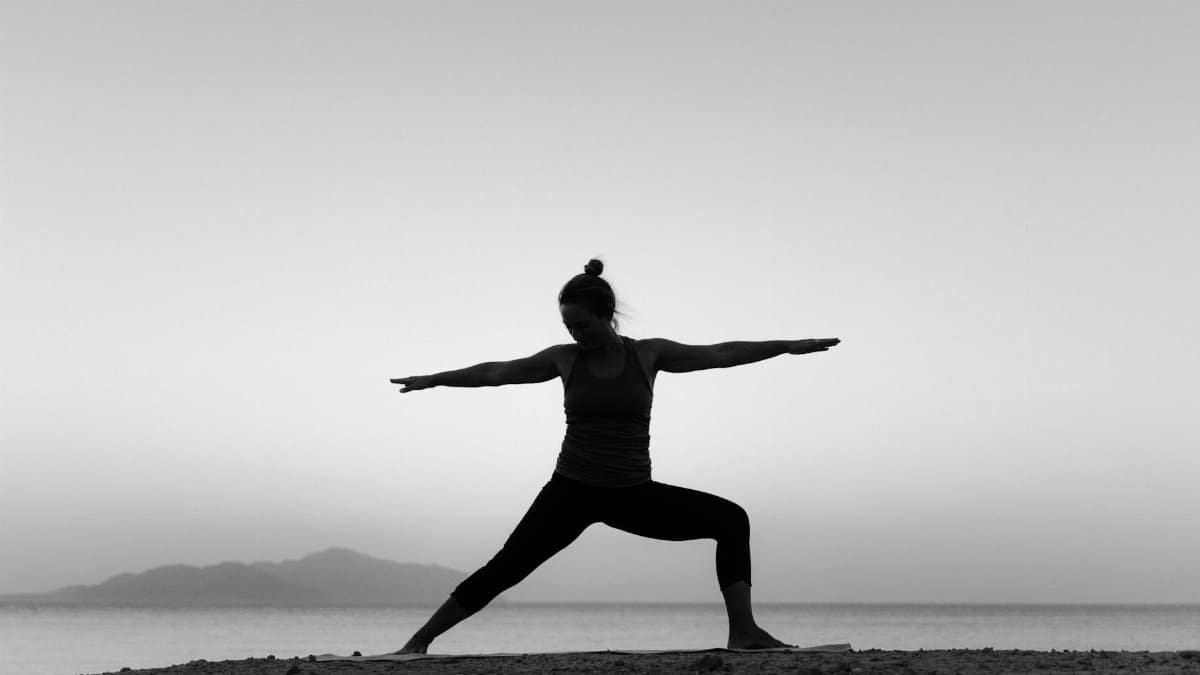
Also known as tactical breathing, the box breath—inhale for four, hold for four, exhale for four, hold for four—builds mental fortitude. Used by military personnel to manage stress, it translates beautifully to cold exposure. The structure of the pattern keeps the mind occupied, distracting from discomfort. A study highlighted by Harvard Health notes that such controlled breathing can lower cortisol levels. Try this mid-plunge when the cold feels unbearable, cycling through for two to three minutes.
5. The Wim Hof Power Breath

Inspired by the “Iceman” himself, this method involves 30 to 40 deep, rapid breaths followed by a full exhale and breath hold. It’s intense, oxygenating the body while alkalizing the blood, which some claim enhances cold resistance. Wim Hof’s own research, supported by findings at Proceedings of the National Academy of Sciences, shows it may influence the autonomic nervous system. Perform this before entering the cold, ideally in a safe, seated position, as it can cause lightheadedness. It’s not for everyone, but many swear by its energizing jolt.
6. The Slow Recovery 3-6 Breath
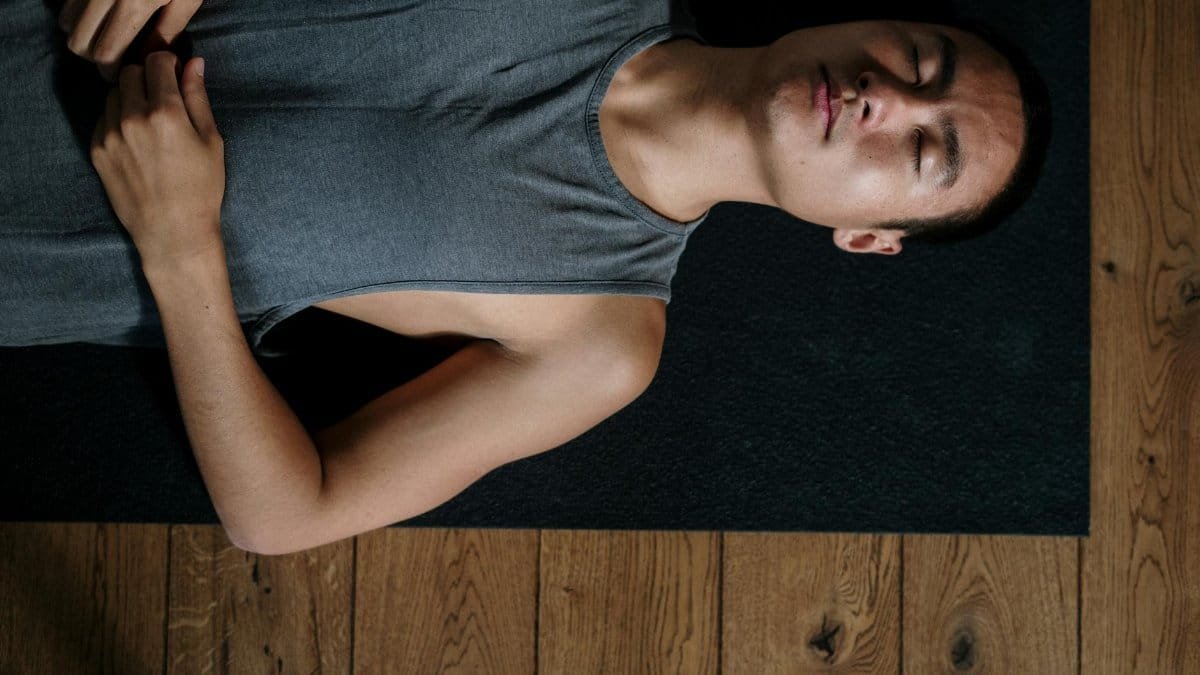
After emerging from a cold plunge, the body craves balance. Inhale for three seconds, exhale for six, focusing on warmth returning to your limbs. This pattern soothes the nervous system post-shock, easing the transition. One anonymous account from online wellness circles described feeling “reborn” after using this breath, as shivers gave way to calm. It’s a gentle reminder to honor the recovery phase. Spend at least five minutes on this, letting each exhale release lingering tension.
7. The Alternating Nostril Balance
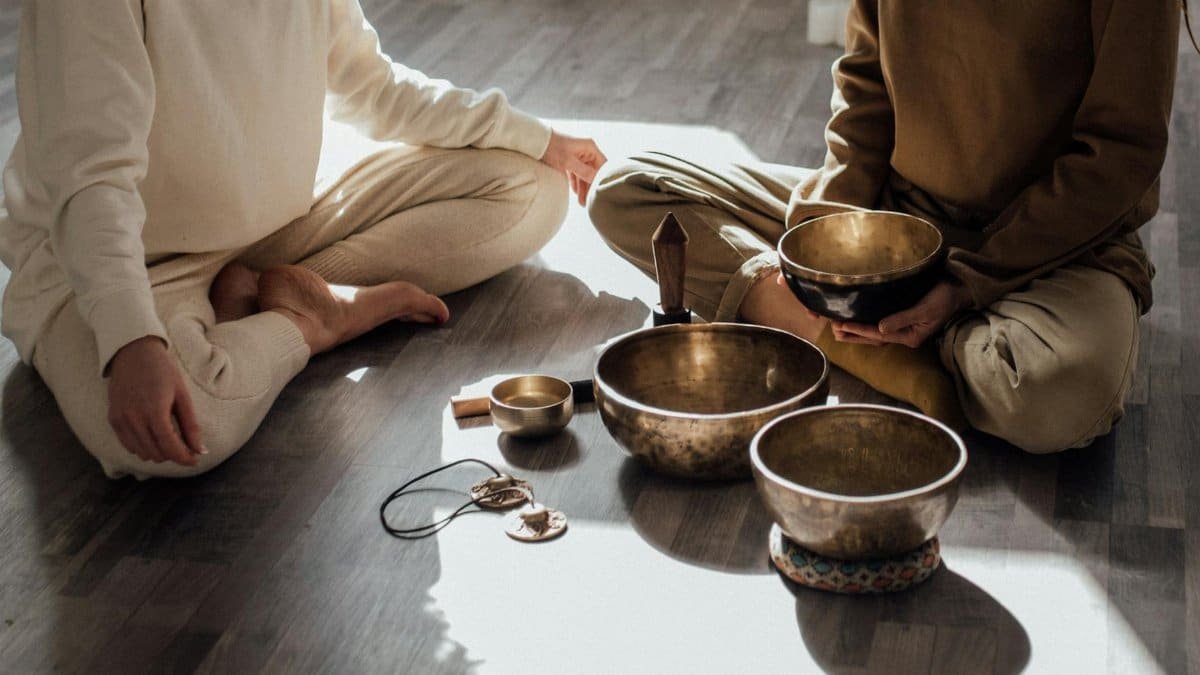
Drawn from yogic traditions, alternate nostril breathing involves closing one nostril, inhaling through the other for four seconds, switching, and exhaling for four. It’s said to harmonize the brain’s hemispheres, fostering clarity before cold exposure. While scientific backing is limited, a review by National Institutes of Health suggests it may reduce stress markers. Use this for five minutes pre-plunge to cultivate focus. It’s subtle but grounding, especially for mindfulness practitioners.
8. The Quick 2-4 Shock Buffer

When the cold hits, panic can spike. Inhale for two seconds, exhale for four, keeping breaths short and deliberate. This rapid cycle prevents hyperventilation while curbing the gasp reflex. It’s a practical tool for those new to breathwork cold exposure, offering a manageable way to stay in control. Imagine a first-timer in a Minneapolis ice bath, using this to override the urge to bolt. Repeat until the initial shock subsides, usually within the first minute.
9. The Long Hold Challenge
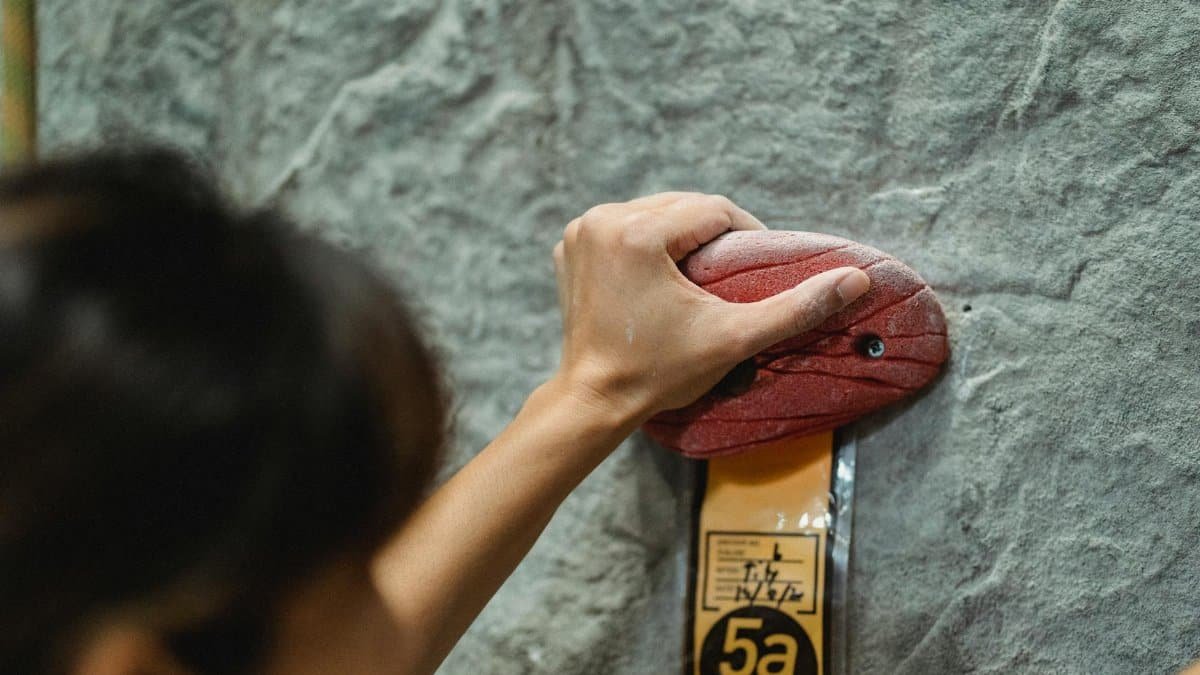
For seasoned practitioners, inhaling deeply, exhaling fully, then holding the breath for 30 to 60 seconds can test limits. Done before immersion, it builds confidence in breath control under stress. It’s not about deprivation but mastering stillness. Caution is key—never hold beyond comfort, especially near water. This sequence suits those already comfortable with cold plunges, deepening their mental game. Try it sparingly, ensuring safety first.
10. The Rhythmic 6-8 Flow

During prolonged exposure, a 6-8 rhythm—inhale for six, exhale for eight—can sustain endurance. The extended exhale keeps the body relaxed, countering the tension of cold. It’s less about speed and more about flow, almost meditative. Picture a solo plunger in Maine, standing in icy surf, using this to extend their session. Cycle through for as long as you’re in the cold, letting the rhythm anchor you against the bite.
11. The Post-Plunge Gratitude Breath
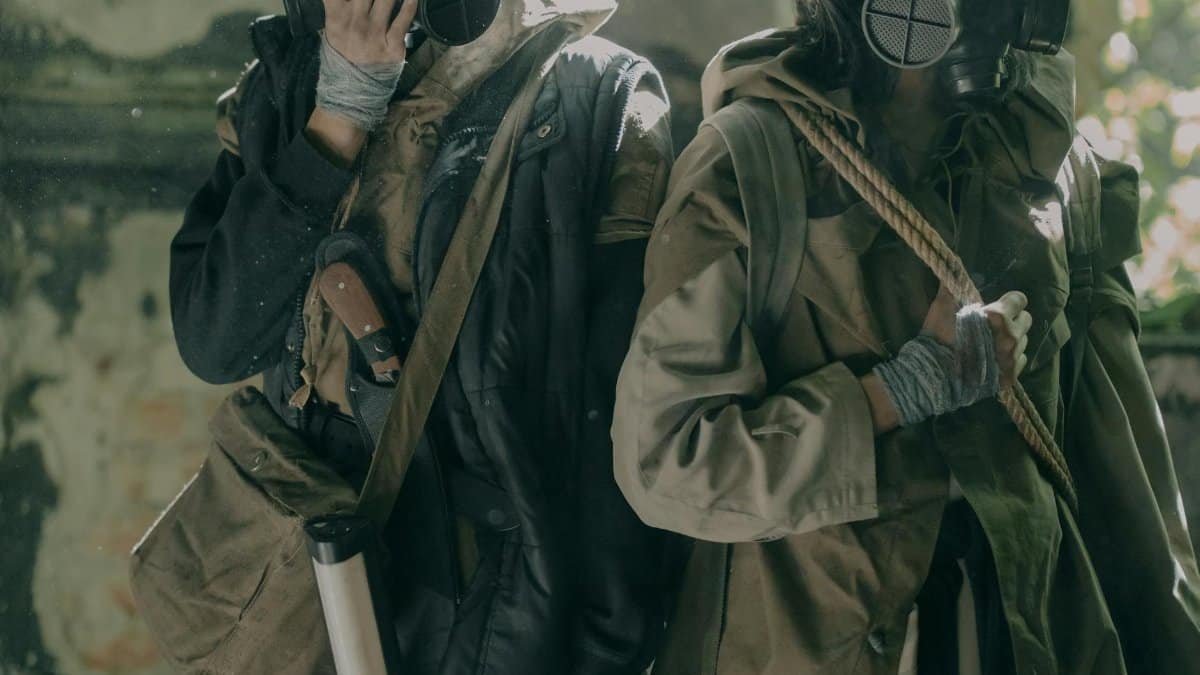
Finally, celebrate the feat. Sit or stand, inhaling deeply for five seconds, exhaling for five, while reflecting on the experience. This isn’t just recovery—it’s acknowledgment. Many report a surge of euphoria post-cold, and this breath amplifies it, grounding the high. One participant recalled whispering “I did it” during this sequence, a quiet triumph after a freezing lake dip. Spend a few minutes here, savoring the resilience you’ve tapped into.
These 11 breathwork sequences offer a toolkit for anyone venturing into cold exposure in 2025 and beyond. They range from preparatory calm to in-the-moment endurance, ensuring there’s a pattern for every stage and skill level. The beauty of breathwork cold exposure lies in its adaptability—whether you’re in a high-end cryotherapy chamber or a backyard ice barrel, these breaths can transform discomfort into empowerment. It’s not just about surviving the cold; it’s about learning what your body and mind can achieve when pushed. So, next time the water beckons, breathe with purpose. The chill might just become your ally.
